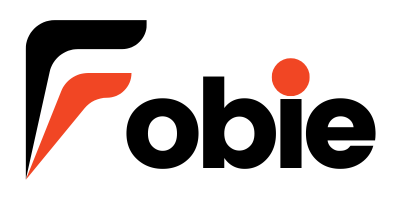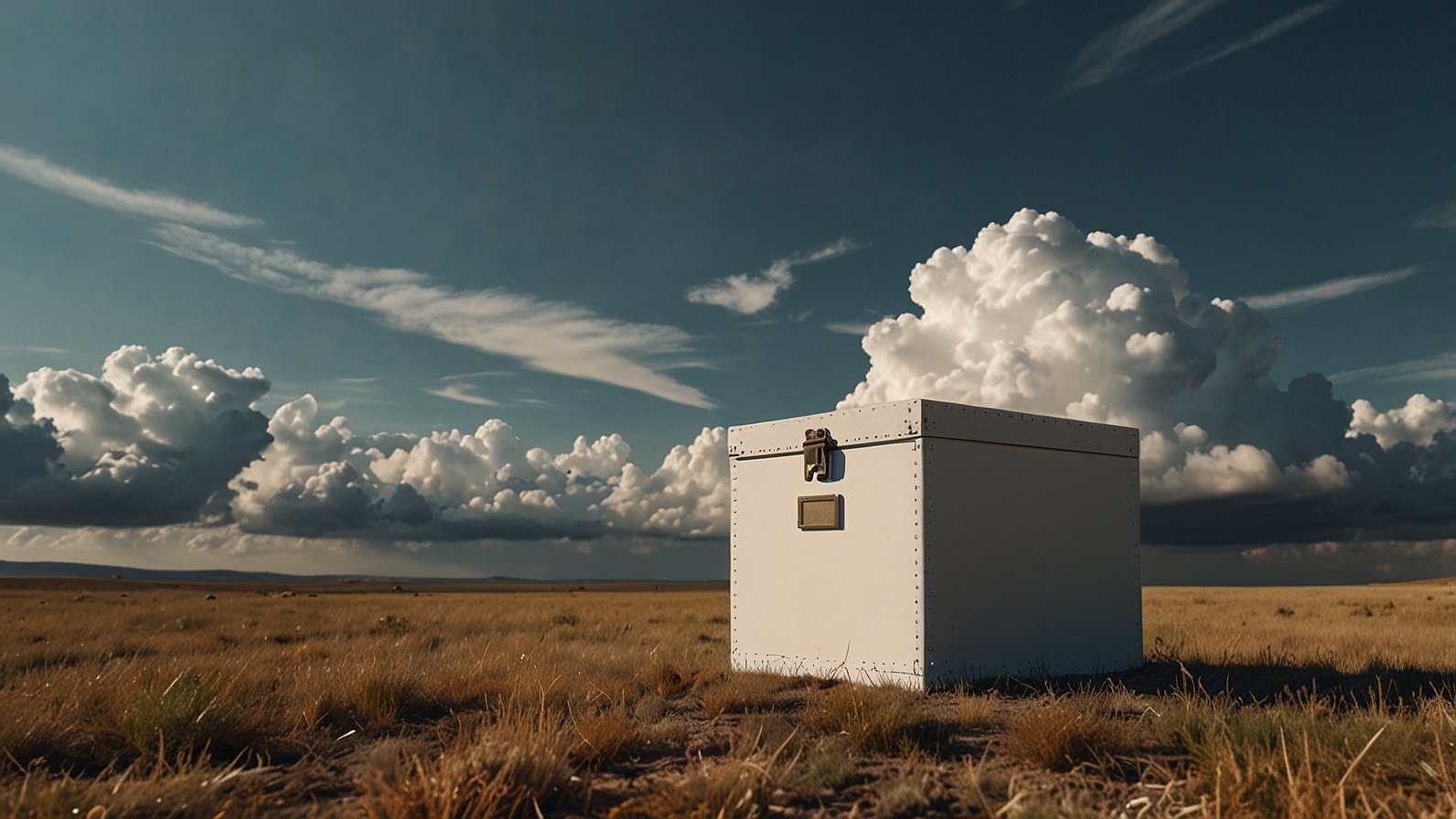You’ve sculpted the perfect character in Blender, painted textures with painstaking detail, and choreographed an epic scene in your mind. But when you hit “import” into Source Filmmaker (SFM), your masterpiece crumbles into a glitchy mess of T-posing models and neon-purple checkerboards. What went wrong? You skipped the SFM Compile—the silent gatekeeper between raw creativity and polished cinematic storytelling.
This unsung hero of the SFM workflow converts your .SMD models, .TGA textures, and map data into formats the Source engine devours. Forget compile? Your assets are gibberish to SFM. Master it? You hold the keys to seamless animation, photorealistic lighting, and buttery-smooth machinima. Let’s demystify this make-or-break process. Let’s dive in.
The SFM Compile Pipeline: Your Asset’s Metamorphosis
Imagine shipping a disassembled car to a race—without instructions. That’s your uncomplied assets in SFM. SFM Compile is your assembly manual and mechanic, transforming:
- .SMD/.DMX models → .MDL (Source Engine’s binary model format)
- Textures (.TGA/.PNG) → .VTF (Valve Texture Format)
- Map geometry → .BSP (Binary Space Partitioning files)
This isn’t just file conversion. It’s where:
- Rigging becomes animation-ready
- Textures gain reflections, bump mapping, and specularity
- Maps inherit lighting, collisions, and vis-leafs (visibility optimization)
Anatomy of a QC Script: The Brain of SFM Compile
Every compile revolves around a .QC file—a text-based “recipe” telling tools like studiomdl.exe how to process assets. Miss one line? Chaos ensues.
Decoding a QC File
// BASIC CHARACTER QC TEMPLATE
$modelname "custom_character\viking.mdl" // Output path
$cdmaterials "materials\models\custom\" // Texture directory
$bodygroup "body" { studio "viking_body.smd" } // Main mesh
$sequence "idle" "viking_idle.smd" loop fps 30 // Animation
$collisionmodel "viking_phys.smd" // Hitbox for collisions
$surfaceprop "flesh" // Sound/material behavior
Critical QC Directives & Pitfalls
| Command | Purpose | Fail If Missing |
|---|---|---|
$modelname | Sets .MDL output path | Model won’t appear in SFM |
$cdmaterials | Locates textures | Purple/black checkerboard hell |
$sequence | Defines animations (loop, fps) | T-posing statue syndrome |
$collisionmodel | Adds hitboxes for physics | Characters fall through floors |
$staticprop | Flags non-animated props (trees, rocks) | Crashing maps, broken lighting |
$illumposition | Sets emissive texture glow origin | Glowing eyes floating in mid-air |
💡 Pro Tip: Use Crowbar’s QC Generator (GUI tool) to auto-script complex models—saves hours of debugging!
Also Read: Innovative Applications of Temperature Sensing Technology in Modern Industries
Tools of the Trade: StudioMDL vs. Crowbar
You’ve got two paths for SFM Compile: Valve’s CLI powerhouse (studiomdl.exe) or community GUIs like Crowbar. Here’s how they stack up:
| Feature | StudioMDL (CLI) | Crowbar (GUI) |
|---|---|---|
| Learning Curve | Steep (command-line syntax) | Gentle (drag-and-drop) |
| Batch Processing | ✅ (via .BAT scripts) | ✅ (queue multiple assets) |
| Error Logging | Text logs (hard to parse) | Visual alerts + log highlighting |
| Animation Preview | ❌ | ✅ (view SMD sequences pre-compile) |
| Best For | Automated pipelines, power users | Beginners, iterative workflows |
Case Study: Indie studio Riot Cinema cut compile errors by 70% by switching to Crowbar for prototyping, then using StudioMDL for final exports.
Texture Troubleshooting: Beyond Purple Checkerboards
40% of SFM compile fails trace back to textures. Avoid the void with these fixes:
The VTF Conversion Checklist
- Power-of-Two Dimensions: Resize textures to 512×512, 1024×1024, etc.
- Alpha Channels: Save as 32-bit .TGA for transparency (e.g., hair, glass).
- Mipmaps: Enable in VTFEdit to prevent distant texture flickering.
- Correct Flags:
NORMALfor bump mapsENVMAPfor reflectionsNOMIPfor UI elements
⚠️ Gotcha: If textures compile but render pink in SFM, your $cdmaterials path in the QC is wrong. Double-check slashes!
Map Compilation: Where Geometry Becomes Worlds
Map compiles (.VMF → .BSP) involve three tools working in concert:
- VBSP: Processes brushes, entities, and vis-leafs.
- VRAD: Bakes static lighting (direct + bounced light).
- VVIS: Calculates visibility (what the camera sees).
Optimize Like a Pro:
1. **Seal Your Map**: "Leaks" (gaps to the void) crash compiles. Use `Load Pointfile` in Hammer to find gaps. 2. **Hint Brushes**: Add `tools/toolshint` textures to simplify vis-leaf calculations. 3. **Lightmap Scale**: Set to 16-32 on complex geometry (prevents VRAD overflows). 4. **Prop Staticity**: Mark non-moving props as `$staticprop` in QC—drastically speeds up VRAD.
Advanced SFM Compile Tactics
1. LOD (Level of Detail) Models
Reduce polycount at distance to boost performance:
$lod 15 // Distance threshold (units)
{
replacemodel "viking_high.smd" "viking_med.smd"
}
2. Physics Proxy Meshes
Use simplified collision meshes to prevent lag:
$collisionmodel "viking_physics.smd" $mass 85 // Weight in kg (realistic physics)
3. Compile-Time Parameters
Supercharge StudioMDL with flags:
studiomdl.exe -game "C:\sfm_content" -verbose -permissive "viking.qc"
-verbose: Logs every step (debugging gold)-permissive: Overrides minor errors (use cautiously!)
You May Also Read: MonkeyGG2: Revolutionizing the Gaming World
FAQs
Q: Can I skip SFM Compile if I use Dota 2/CS:GO assets?
A: Valve assets are pre-compiled. But any custom content (your models/maps) requires compiling.
Q: Why does my model compile but have broken animations?
A: Your $sequence QC lines likely misreference .SMD files. Verify filenames and paths in Crowbar’s animation preview.
Q: How do I fix “Error: Aborted Processing” in StudioMDL?
A: 90% of the time, it’s a missing texture or invalid .SMD. Check logs for “ERROR:” lines above the abort message.
Q: Can I edit a compiled .MDL file?
A: No—.MDLs are binary. Always keep source .SMDs and .QCs. Recompile after changes!
Q: Does SFM Compile work on Mac/Linux?
A: StudioMDL is Windows-only. Use Wine or Crowbar (via Mono) for cross-platform compiles.
Q: Why do my maps take 4+ hours to compile?
A: VRAD (light baking) is CPU-intensive. Lower lightmap scale, use hint brushes, or compile overnight!
Q: Can I automate SFM Compile?
A: Absolutely! Batch scripts calling studiomdl.exe let you recompile 100s of assets with one click.











